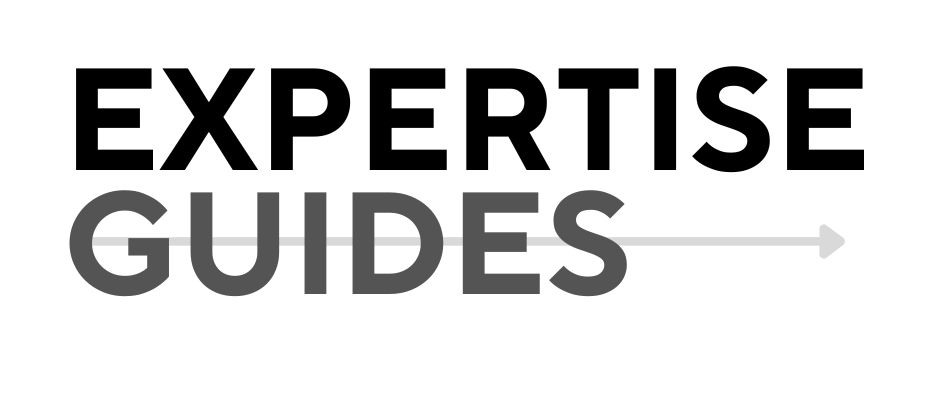Summary: Discover how measuring organizational alignment can transform your business, boost performance, and unlock hidden potential.
Main Points:
– Alignment Drives Success: Companies with aligned teams outperform competitors (McKinsey, 2020).
– Quantifying Alignment Matters: High alignment reduces project waste significantly (PMI, 2018).
– Cultural Integration is Key: Toxic cultures cost billions in turnover (SHRM, 2018).
Introduction
I remember sitting in a bustling boardroom, surrounded by leaders eager to solve their alignment issues. The frustration was palpable; missed opportunities and inefficiencies loomed large. It struck me then—the missing piece wasn’t just strategy but the ability to measure alignment effectively. This realization sparked my journey into developing tools that quantify alignment, transforming it from an abstract concept into a tangible metric.
The Problem
Many organizations face the daunting challenge of misalignment, particularly during periods of rapid growth. Leaders feel the sting of inefficiency and lost opportunities, but quantifying this misalignment remains elusive. Only 2% of companies feel fully aligned strategically (Bain & Company, 2017). This lack of clarity often results in wasted resources and disengaged employees.
Why This Problem Exists
Misalignment often arises from unclear roles, poor communication, and cultural clashes. Rapid changes compound these issues, leaving leaders overwhelmed. The absence of robust measurement systems exacerbates the problem, making it difficult to pinpoint root causes or track progress.
The Solution
To tackle misalignment, it’s essential to implement systems that measure and quantify it. My approach involves using the Culture and Role Alignment Index, a tool designed to provide tangible insights into alignment levels. By identifying misalignments, organizations can make data-driven decisions to enhance performance and employee satisfaction.
Breaking It Down
Here’s how to get started:
-
Assess Current Alignment: Conduct an initial evaluation using surveys and data collection tools. This step helps identify specific areas of misalignment.
-
Implement Metrics: Establish key metrics tailored to your organization’s goals. Regularly track these metrics to monitor progress and adjust strategies as needed.
-
Foster Cultural Integration: Encourage open communication and collaboration across teams. Emphasize the importance of shared values and goals.
-
Clarify Roles and Responsibilities: Ensure everyone knows their role and how it contributes to organizational objectives. This clarity reduces overlap and increases efficiency.
Action Steps
Begin by conducting a preliminary alignment assessment within your organization. Use the insights gained to develop targeted interventions. Regularly review alignment metrics to track improvements and make necessary adjustments.
Conclusion
Measuring alignment is not just a strategic advantage; it’s a necessity for organizations seeking to thrive in competitive markets. By quantifying alignment, you can unlock your organization’s full potential, driving growth and innovation.
My Ask
What do you think? Share your perspective in the comments below. If this resonates, tag someone who could benefit from these insights.
About Me
I’m Vinay Raman, dedicated to helping organizations align for success through data-driven insights and strategic guidance.


